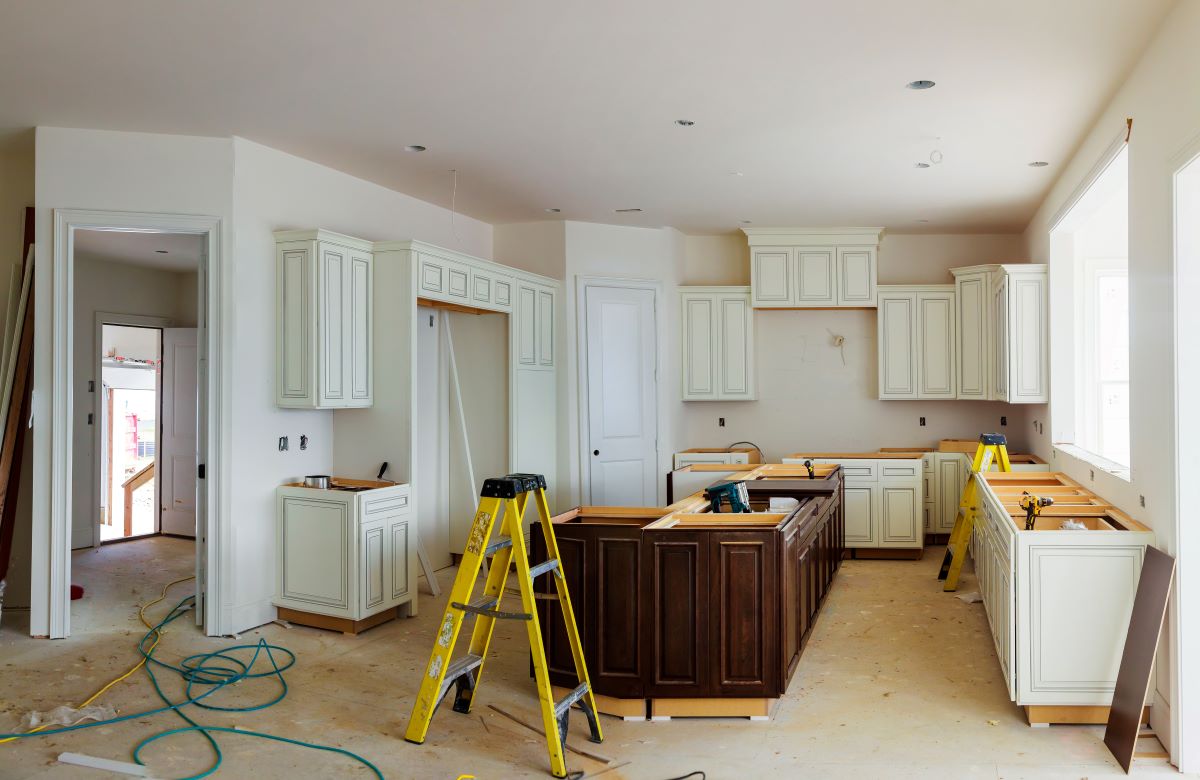Remodeling your home is a major project—one that requires thoughtful planning, coordination, and execution. Whether you’re updating a single room or reimagining your entire interior, following the correct order of steps helps ensure a smooth renovation process. By tackling the project in a logical sequence, you can minimize delays, stay within budget, and avoid rework.
In this blog, we’ll walk through the ideal order in which to approach a home remodel. Whether you’re working with a general contractor home remodel professional or managing multiple specialists, this guide will help keep your renovation on track from start to finish.
Step 1: Planning, Budgeting, and Design
Every successful remodel starts with a plan. During this first step, you’ll assess your goals, create a realistic budget, and work with a designer or contractor to develop the layout and materials list.
If you’re planning kitchen renovations or reconfiguring interior spaces, detailed design plans are critical. These should include measurements, material selections, and an outline of what needs to be done.
This is also the stage to choose your home remodeling contractor or general contractor remodeling specialist. A contractor will help guide your decisions, refine your vision, and ensure your goals align with your timeline and budget.
If you’re unsure how to start, we recommend reading Your Guide to Hiring a General Contractor for Home Remodeling for step-by-step advice.
Step 2: Demolition and Site Prep
Once your plans are finalized and permits are secured, the next step is demolition. This involves removing outdated or damaged components like cabinetry, flooring, walls, or plumbing fixtures. A remodel house contractor will take steps to protect non-remodel areas with dust barriers and floor coverings to keep your home as clean and safe as possible during this phase.
This is also the time to address structural issues, such as removing or modifying load-bearing walls, upgrading framing, or rerouting HVAC and plumbing systems.
Step 3: Structural and Mechanical Work
Before installing any finishes, you’ll want to complete all behind-the-walls work. This includes:
- Electrical rewiring
- Plumbing rough-ins
- HVAC system updates
- Structural framing
A licensed interior home remodeling contractor or subcontractor will make sure everything meets local building codes and passes inspection before continuing. This step is particularly important if you’re renovating kitchens or bathrooms, as plumbing and electrical systems often need updates to meet current standards.
Step 4: Insulation, Drywall, and Painting
After all mechanical work has passed inspection, insulation is installed in walls and ceilings, followed by drywall hanging and finishing. Once the walls are up and smooth, it’s time to apply primer and paint.
At this point, your renovation will begin to look more like a finished space. This is a good time to solidify decisions for final materials and fixtures, especially if working with kitchen remodeling contractors on a detailed space.
 Step 5: Flooring and Cabinetry
Step 5: Flooring and Cabinetry
With the walls complete, it’s time to install flooring. The type of flooring—tile, hardwood, laminate, or carpet—may impact the timing and tools required, but generally this is installed before cabinetry.
Once flooring is complete, cabinetry, vanities, and built-ins can be installed. For kitchen projects, contractors for kitchen remodels will ensure that cabinets are aligned and securely fastened, making room for appliances and countertops to be installed later.
Step 6: Countertops, Fixtures, and Appliances
After cabinets are set, countertops are templated and installed. This is also the time for light fixtures, plumbing fixtures, and appliances to be connected.
Your home remodeling contractor near me will coordinate each of these final installations, ensuring every element is aligned and functioning properly.
Step 7: Final Touches and Inspection
The last phase of any remodel is devoted to finishing touches and final inspections. This includes:
- Paint touch-ups
- Caulking
- Hardware installation
- Final cleanup
- Walkthrough with the contractor
At this stage, your contractor will go through a final checklist and resolve any small issues. Once you’re satisfied, the remodel is complete, and you can enjoy your updated home.
Bonus Tip: Consider the Whole Home Flow
If you’re remodeling more than one room, the order of renovation matters. Typically, it’s best to start with the kitchen or bathroom—rooms that impact your daily function the most. After that, move on to living spaces and bedrooms. This approach minimizes disruptions and keeps your project flowing efficiently.
If you’re unsure if now is the right time to begin a project, check out these Signs It’s Time to Hire a Home Remodeling Contractor.
Understanding the correct order of remodeling helps you avoid costly mistakes and stay organized. Whether you’re updating a kitchen, refreshing a bathroom, or planning a full interior renovation, working with experienced remodeling contractors can make the process far more manageable.
From the initial design to the final walkthrough, having a trusted general contractor home remodel professional on your team ensures that each phase is executed efficiently and to the highest standards.
If you’re ready to begin your home transformation and are searching for a reliable home remodeling contractor near me, our team is here to help.
Call us at 281-419-4144 or send us a message through our website to schedule your consultation. Let’s bring your vision to life—step by step.

